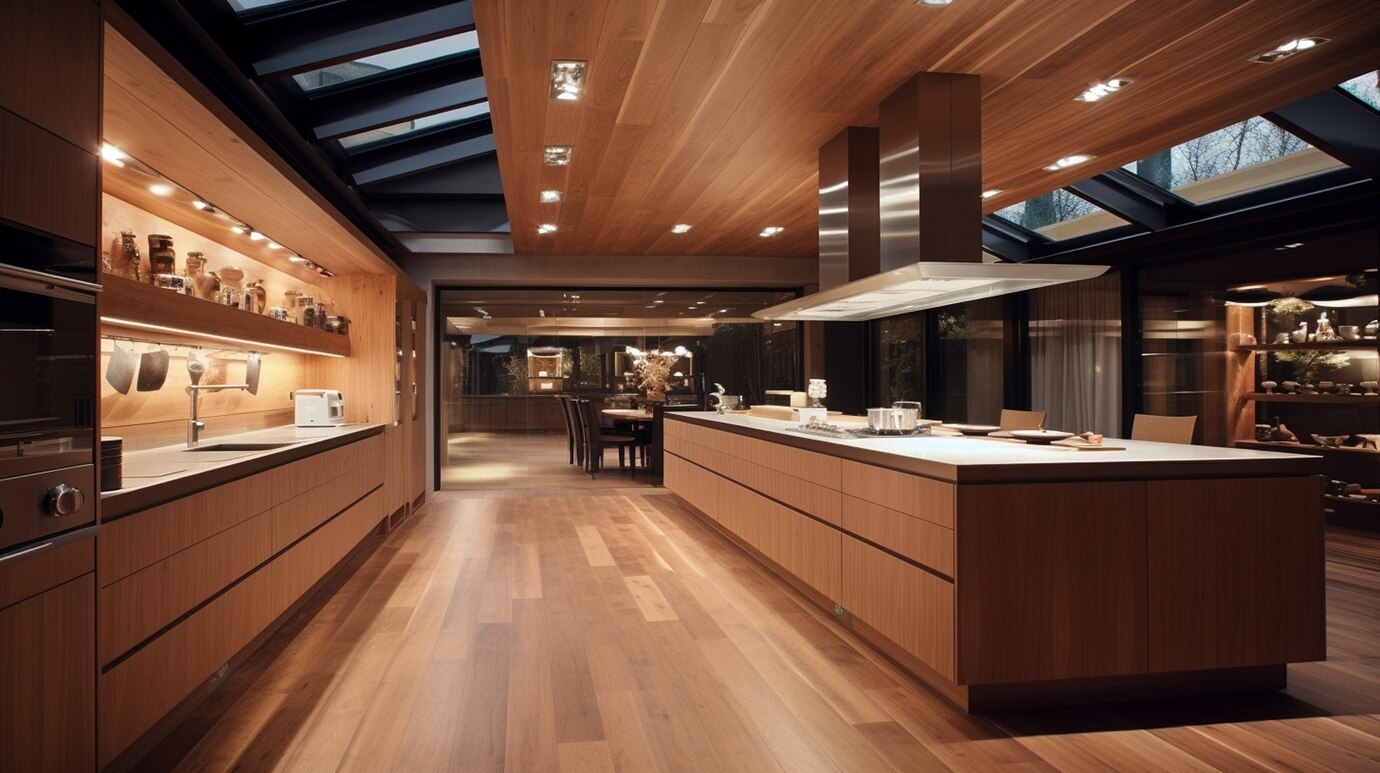When it comes to choosing kitchen cabinets, the material you select plays a crucial role in determining not only the aesthetic appeal but also the overall functionality of the space. Among the wide range of options, walnut kitchen cabinets stand out for their unique beauty, durability, and versatility. Whether you’re remodeling your kitchen or designing it from scratch, walnut cabinets can bring a sense of sophistication and timeless appeal to your home.
In this guide, we’ll explore why walnut kitchen cabinets are so popular, how they compare to other options like cherry kitchen cabinets, and the many ways they can enhance the ambiance of your cooking space. If you’re considering walnut cabinets for your next project, you’re in the right place!
Why Choose Walnut Kitchen Cabinets?
Walnut has long been prized for its deep, rich hues and striking grain patterns, making it a top choice for homeowners who want a high-end, luxurious kitchen. Walnut wood naturally features a range of tones, from light brown to dark chocolate, with subtle variations that give each piece a unique look. The wood’s smooth texture and natural finish lend a refined elegance to any kitchen, whether it’s traditional, modern, or somewhere in between.
One of the standout features of walnut kitchen cabinets is their exceptional durability. This hardwood is strong and resistant to damage, making it an ideal choice for kitchen cabinetry that will see heavy use. Unlike some softer woods, walnut can withstand scratches, dents, and moisture, ensuring your cabinets will last for years without compromising on their beauty.
Another reason walnut is so beloved is its ability to complement various design styles. Whether you pair it with light-colored countertops, stainless steel appliances, or even bold accents, walnut kitchen cabinets effortlessly adapt to different décor themes. The warmth and richness of walnut create a welcoming, cozy atmosphere that is perfect for both everyday meals and entertaining guests.
Walnut vs. Cherry Kitchen Cabinets
When deciding between walnut and cherry kitchen cabinets, it’s important to understand the differences between these two popular hardwoods. Both woods are known for their beauty and durability, but they offer distinct characteristics that can influence your decision.
Color: Walnut typically has a darker, more chocolate-toned hue, with some pieces displaying hints of purple or gray. This rich coloration adds depth and sophistication to the kitchen. On the other hand, cherry kitchen cabinets tend to have a reddish-brown tone that deepens over time, gaining a rich patina with age. While walnut offers a more consistent color, cherry cabinets develop a distinct character as they age.
Grain Patterns: Walnut is known for its straight, even grain, although you’ll often find swirling patterns and knots that add visual interest. Cherry, in contrast, typically has a smoother, more uniform grain with subtle waves and a fine texture.
Durability: Both walnut and cherry are incredibly durable, though walnut is slightly stronger and more resistant to scratches and dents. Walnut’s tight grain structure gives it an edge in terms of longevity, making it a good choice for high-traffic kitchens that endure heavy use.
How to Incorporate Walnut Kitchen Cabinets into Your Home
Once you’ve decided on walnut kitchen cabinets, the next step is figuring out how to incorporate them into your kitchen design. Luckily, walnut’s versatility makes it a breeze to work with a variety of other materials and styles.
Pairing with Light Surfaces: One of the most effective ways to highlight the beauty of walnut cabinets is by pairing them with light-colored surfaces, such as white countertops or light-hued backsplashes. This contrast creates a balanced look that doesn’t overwhelm the space, allowing the walnut’s rich color and texture to take center stage.
Modern Touches: Walnut kitchen cabinets aren’t just for traditional or rustic kitchens. When combined with sleek, modern finishes—like polished metal hardware, glass shelving, or minimalist appliances—they can create a stunning contemporary design. The warmth of walnut adds a layer of comfort to otherwise cold or sterile environments.
Accents and Fixtures: To enhance the visual appeal of walnut cabinets, consider incorporating complementary accents, such as brass or gold hardware, wooden countertops, or woven baskets for storage. These details help tie the design together and bring out the natural beauty of the wood.
Maintaining Your Walnut Cabinets
Walnut is a durable wood that can withstand daily wear and tear, but like any wood, it does require some care to keep it looking its best. Regular cleaning with a soft cloth and a gentle wood cleaner will help remove dust and grease, ensuring your cabinets remain in top condition. It’s also a good idea to periodically apply a wood polish or oil to maintain the wood’s natural luster and prevent it from drying out.
In addition, walnut cabinets should be protected from excessive moisture. While walnut is naturally resistant to water damage, prolonged exposure to high humidity can cause the wood to warp or crack. Ensure that your kitchen is properly ventilated and that moisture is promptly wiped away to maintain the integrity of the cabinets.
Conclusion
Incorporating walnut kitchen cabinets into your home is a fantastic way to elevate your kitchen’s design and functionality. Their natural beauty, durability, and versatility make them a top choice for homeowners who want a timeless, elegant look. Whether you’re opting for sleek, modern walnut cabinets or prefer the warmth of cherry kitchen cabinets, walnut offers a refined option that will add value and style to your space for years to come.
If you’re ready to create a stunning kitchen, consider walnut kitchen cabinets as your material of choice. With the right care, they will provide a rich, sophisticated atmosphere that your family and guests will appreciate.











+ There are no comments
Add yours